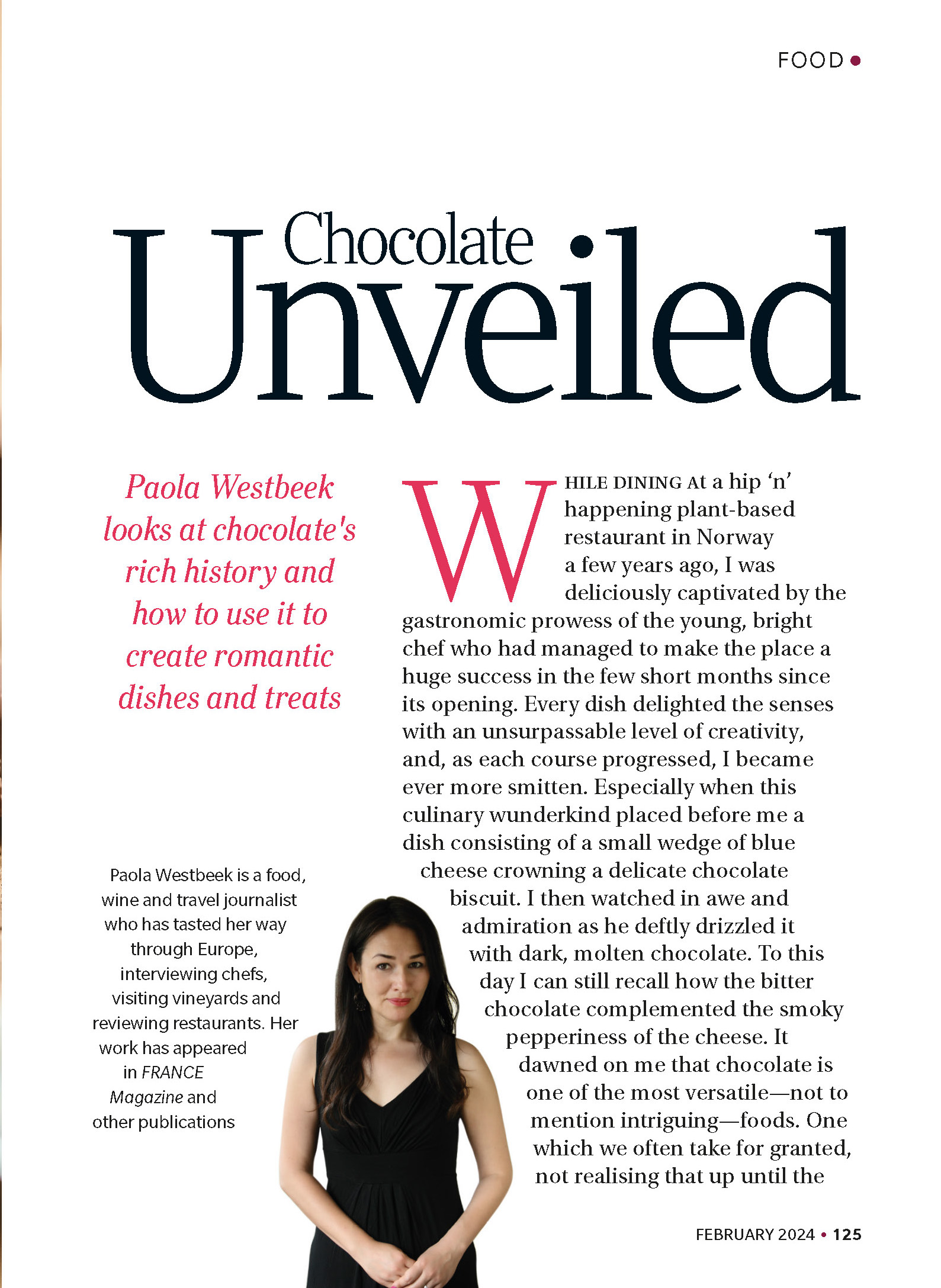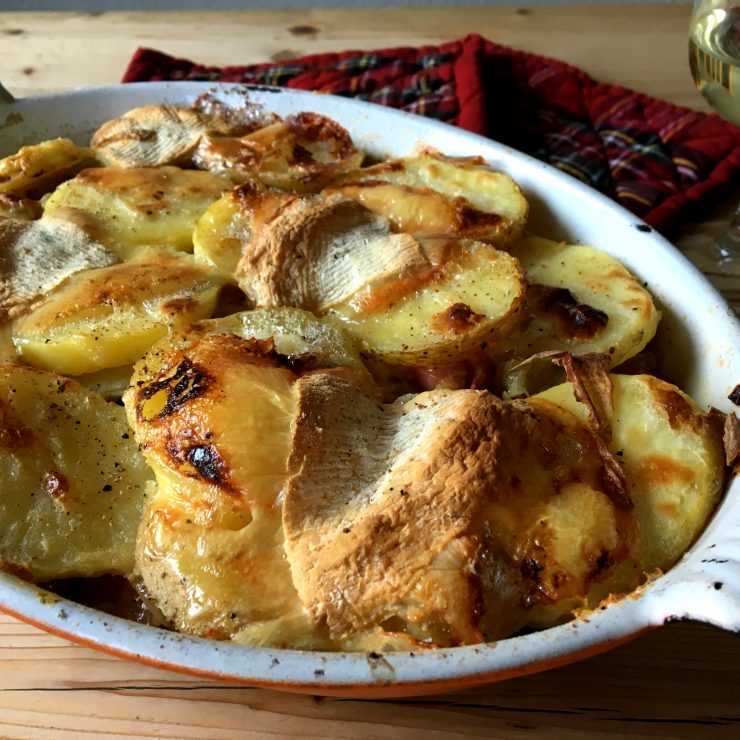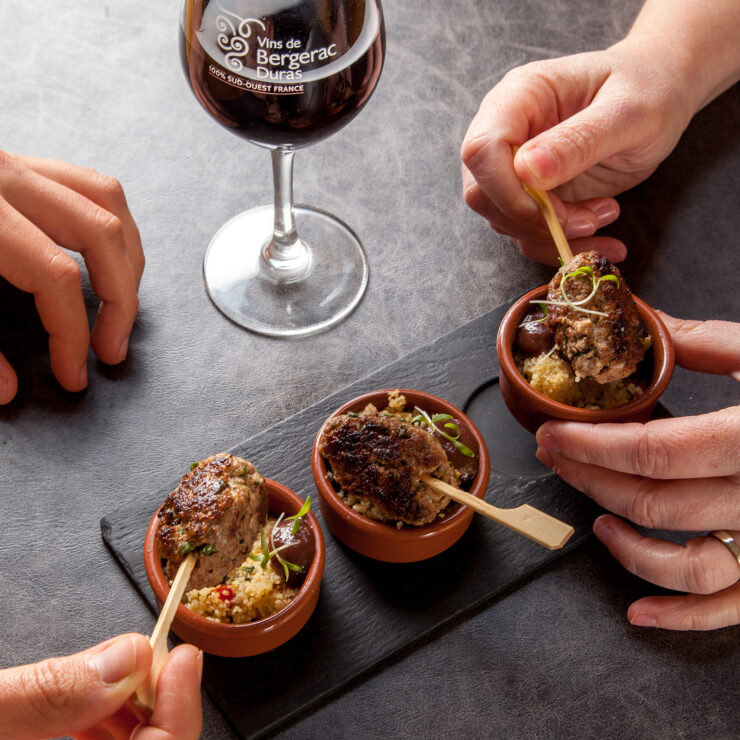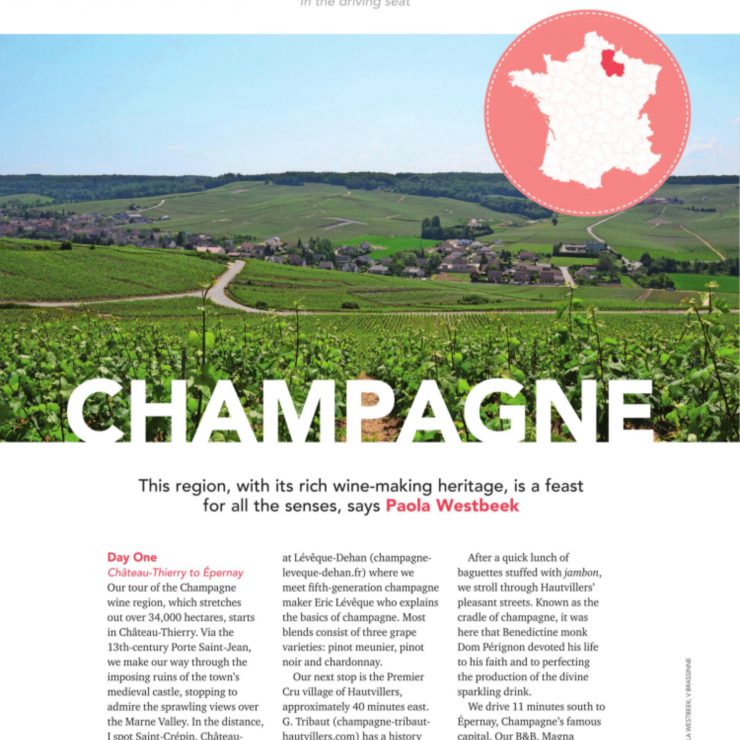My food and drinks column for the February issue of Reader’s Digest
While dining at a hip ‘n’ happening plant-based restaurant in Norway a few years ago, I was deliciously captivated by the gastronomic prowess of the young, bright chef who had managed to make the place a huge success in the few short months since its opening. Every dish delighted the senses with an unsurpassable level of creativity, and as each course progressed, I became ever more smitten. Especially when this culinary wunderkind placed before me a dish consisting of a small wedge of blue cheese crowning a delicate chocolate biscuit. I then watched in awe and admiration as he deftly drizzled it with dark, molten chocolate. To this day I can still recall how the bitter chocolate complemented the smoky pepperiness of the cheese. It dawned on me that chocolate is one of the most versatile—not to mention intriguing—foods. One which we often take for granted, not realising that up until the second half of the 19th century, we were pretty much deprived of its many pleasures.
Though chocolate was introduced to Europe via Spain in the early 16th century, it was a commodity only few could afford. Much like with coffee and tea, sipping chocolate was a privilege reserved for the well-heeled, who served the drink in fine china and made it more palatable with exotic ingredients such as cinnamon, vanilla, chili pepper, aniseed and other costly spices. But chocolate beverages weren’t only chic. They were also believed to promote good health and lift the spirits.
Read the full column, published in the February issue of Reader’s Digest UK, here: chocolate




